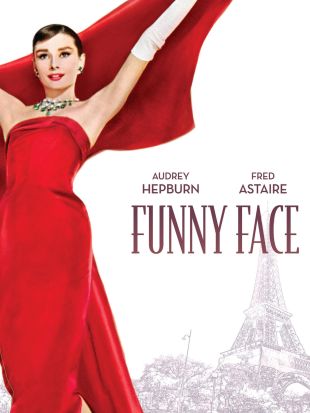Singled out in 1939 by pioneer film historian Lewis Jacobs as one of America's finest cinematographers, Ray June began his career as a Signal Corps cameraman in World War I. Because he worked swiftly and without frills, June became invaluable to fast-buck producers of programmers and Poverty Row quickies in the '20s. With the coming of sound, June's stock rose in the industry. After rather clumsily trying to match silent shots with pre-recorded dialogue in 1929's Alibi, June hit his stride with the glossy, forced-perspective photography of Sam Goldwyn's Arrowsmith (1931). June had a happy knack for adjusting his style to the subject; where Goldwyn demanded pristine perfection, the Marx Brothers thrived on visual anarchy, and as a result June's camerawork on Horse Feathers (1932) is as hilariously haphazard as the Marxes themselves. In 1933's I Cover the Waterfront,, June met and mastered the challenge of evenly blending both the romantic and realistic elements of this racy melodrama. Throughout the '30s and '40s, June continued turning out work of distinction at both Goldwyn and MGM. June's Technicolor work for Paramount during the Panavision/Vistavision era in the '50s is crisp and vibrant, as only a few seconds' viewing of Danny Kaye's The Court Jester (1956) will prove. Sadly, modern audiences nearly lost out on experiencing Ray June's finest color achievement: the 1957 Fred Astaire musical Funny Face, which had faded into dull pinks and reds due to a neglected negative. The pristine American Film Institute restoration of Funny Face is as good a testimonial as any to the genius of Ray June.
Ray June
Share on


